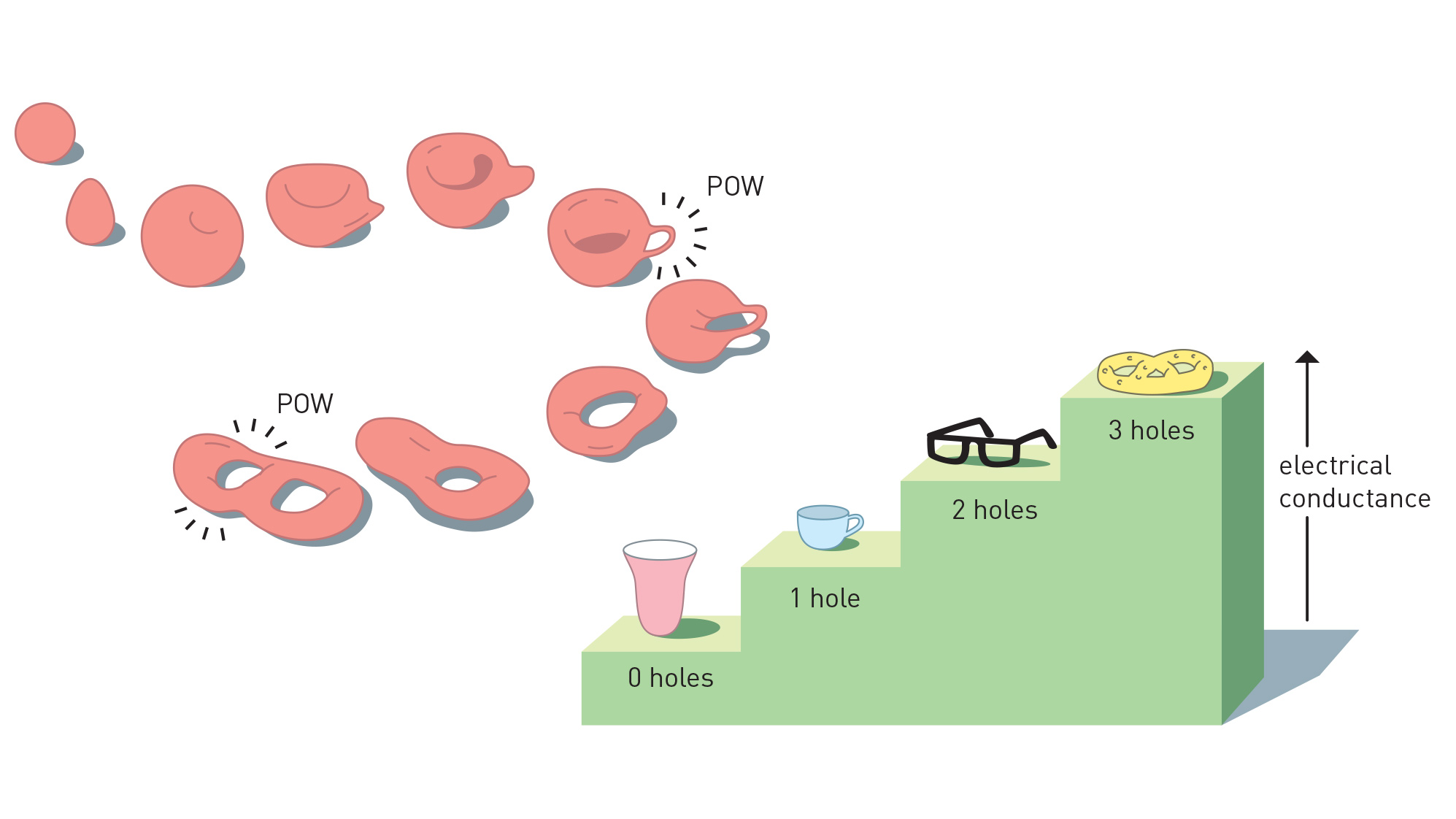Bagels and buns: The research that won the 2016 Nobel Prize for Physics explained
Seems confusing, but actually it's pretty easy to understand

Every year, the Royal Swedish Academy of Sciences awards the prestigious Nobel Prize in Physics to a group of researchers who've profoundly changed our understanding of the world.
This year, the prize went to three men - all born in Britain, but working at US universities. Half of the prize went to David Thouless at the University of Washington, while the other half was split between Duncan Haldane from Princeton University and Michael Kosterlitz from Brown University.
"This year's Laureates opened the door on an unknown world where matter can assume strange states," wrote the Royal Swedish Academy of Sciences.
"They have used advanced mathematical methods to study unusual phases, or states, of matter, such as superconductors, superfluids or thin magnetic films. Thanks to their pioneering work, the hunt is now on for new and exotic phases of matter."
It's All About Holes
The way they put it makes it sound like their work is incomprehensible to the average person, and several media outlets followed that narrative. But it's actually quite easy to explain. It's all about holes.
There's a field of study called topology that looks at the geometrical properties of objects - and which of those properties are preserved when you stretch or twist that object. To a topologist, a bagel and a coffee cup, for example, can be seen as the same object - they both have one hole in them.
Using topology, the trio were able to show how extremely cold films of helium were able to change into different forms of matter, and how those changes then altered their electrical and magnetic properties. As a result of their research, many new materials have been developed with weird and useful properties.
Sign up for breaking news, reviews, opinion, top tech deals, and more.
High End Devices
For example, last year researchers developed a material called "stanene", which is essentially a one-atom-thick sheet of tin. It can conduct electricity at really high temperatures with almost no resistance, making it extremely useful in computing. Expect to see it begin to pop up in high-end devices in the coming decades.
The Royal Swedish Academy of Sciences wrote: "Over the last decade, this area has boosted frontline research in condensed matter physics, not least because of the hope that topological materials could be used in new generations of electronics and superconductors, or in future quantum computers."
Meanwhile, it's worth noting that the Nobel Prize has something of a gender problem. Of 203 Physics laureates in history, only two are women. It's been 53 years since the prize was last awarded to a woman. While physics as a field is (unfortunately) dominated by men, there are plenty of women out there who've done work that more than deserves recognition. Let's hope 2017 begins to redress that balance.
- Duncan Geere is TechRadar's science writer. Every day he finds the most interesting science news and explains why you should care. You can read more of his stories here, and you can find him on Twitter under the handle @duncangeere.
